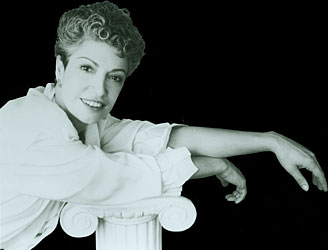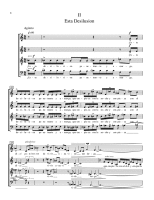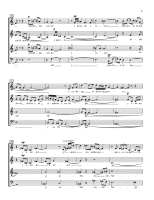La musica, los muertos y las estrellas [12']
La musica, los muertos y las estrellas is a musical setting for a cappella voices based on three of Juan Ramon Jimenez’ early poems. The first poem compares the tranquility of the soul to a sailboat. The music combines a gentle, reassuring, wave-like rocking motion like that of a lullaby, with rich harmonic color and fluid vocal lines to suggest serene and infinite Divinity. The agitated second poem deals with the mind’s power to destroy – or enhance the soul’s serenity: negative thoughts despoiling the natural calm of the soul envisioned in the previous movement.
The subject of the final section of La musica, los muertos y las estrellas is grief: finding an answer to the pain of human loss through the healing force of the universe’s beauty and rhythmicity: music and stars, gently joyous, lyrical and transcendent. An original “folk melody” contrasts with the keening cries of mourning. The unaccompanied chorus embodies the blend of sensuality and spirituality intrinsic to music and to these texts.
The poet Juan Ramon Jimenez was born in Moguer, Spain in 1881. His work explores the labyrinthine galleries of the soul which may lead to God. In 1917 he married Zenobia Camprubi Aymar, and his love for her became part of the spiritual quest which illuminates his more than 2500 poems. Early in the Spanish Civil War, the couple established and ran a small children’s refuge in Madrid; but the War and the Fascists forced them to emigrate, and they came to theUnited States. When Juan Ramon Jimenez told Zenobia that he’d been awarded the Nobel Prize for Literature in 1956, she was dying of cancer and was too ill to speak. Unable to use words, she hummed him a song from their childhood in celebration. After her death, days later, Jimenez never wrote again, and died himself in Puerto Rico in 1958.





